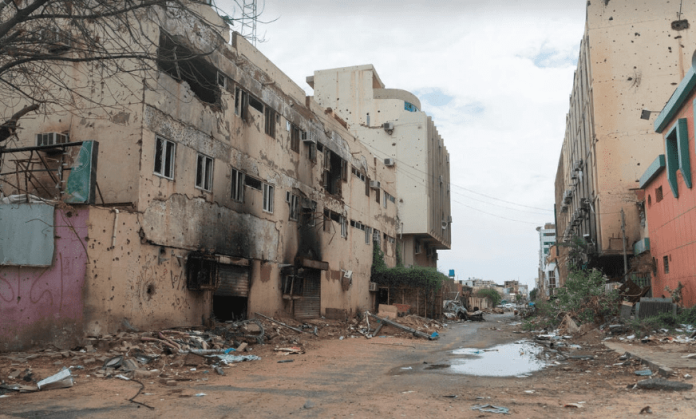Khartoum — Despite ongoing violence and destroyed infrastructure, nearly 1.3 million Sudanese refugees have returned to their homes, in what the UN Refugee Agency (UNHCR) describes as a “hopeful yet fragile shift” amid one of the world’s worst displacement crises.
Since the outbreak of fighting between the Sudanese Armed Forces (SAF) and the paramilitary Rapid Support Forces (RSF) in April 2023, over 12 million people have been displaced, with one-third seeking refuge in neighbouring countries such as Chad and South Sudan. The current wave of returns reflects both resilience and desperation.
“The thousands of people seeking to return home are driven by hope, resilience and an enduring connection to their country,” said Othman Belbeisi, Regional Director at the International Organization for Migration (IOM).
However, these returns are taking place against the backdrop of immense devastation. Most of the returnees are heading to conflict-ravaged regions like Khartoum, Al Jazirah, and Sennar, where infrastructure is in ruins, essential services are unavailable, and danger remains high.
In Khartoum, roads and power plants have been heavily damaged, and even the UNHCR’s own offices have not been spared. “Without urgent action, people will be coming back to cities that are in ruins. We are in a race against time to clear the rubble and provide water, power and healthcare,” said Abdallah Al Dardari, Director for the Arab States at the UN Development Programme (UNDP).
Returnees face additional threats, including unexploded ordnance and widespread gender-based violence. To address these risks, UN agencies have set up safe spaces for women and girls in Khartoum and Al Jazirah to provide protection and psychosocial support.
The UNHCR’s Regional Coordinator, Mamadou Dian Balde, emphasized that while the returns may appear hopeful, they also reflect the strain on neighbouring host countries. “They indicate already stretched host countries under increasing strain,” Balde warned.
Humanitarian agencies stress that returns must be voluntary and conducted in dignity. The IOM is urging strict adherence to international return standards to ensure the safety and rights of displaced persons.
Despite the immense challenges, international agencies view the returnees as critical players in Sudan’s long-term recovery. “Those heading home are not passive survivors. They are vital to Sudan’s recovery. Yes, the humanitarian situation is dire, but with the right support, returnees can revive local economies, restore community life and foster hope where it’s needed most,” said Belbeisi.
Sudan remains one of the largest displacement zones in the world. The country currently hosts over 10 million internally displaced persons (IDPs), including 7.7 million uprooted by the ongoing conflict. It also continues to shelter approximately 882,000 refugees and asylum seekers from neighboring nations like South Sudan, Ethiopia, and Eritrea.
More than 4 million Sudanese refugees are now living in neighbouring countries, including both those displaced before and after the current conflict. Notably, 800,000 previously-hosted refugees in Sudan have also fled the country due to the violence.
Funding for humanitarian operations remains critically low. Of the $4.2 billion required to sustain life-saving and recovery operations this year, only 23 percent has been received. Aid organizations are calling for urgent support from the international community.
“These returns are more than a symbol of hope — they are a desperate call for peace. Only an end to the war will allow people to safely return and rebuild their lives,” Balde concluded.




